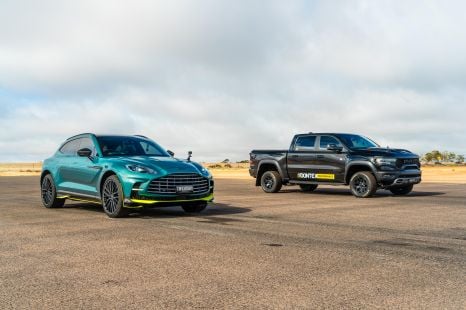

Paul Maric
1200hp RAM TRX vs Aston Martin DBX707 drag race
6 Days Ago

Journalist
Hyundai is sticking with traditional hatchbacks in Europe.
Michael Cole, CEO of Hyundai Motor Europe, told Autocar, “For now, [the] i10, i20, i30 are all still in our plan, even for the next generation”.
Cole didn’t specify when new generations of these cars would appear, but Hyundai fans are likely hoping a regenerated i30 is on the horizon.
Decisions regarding the replacement for the i30 are probably complicated by the EU’s proposed ban on new petrol and diesel car sales after 2035. Designed with Europe in mind, the i30’s hatch, wagon and fastback body styles are not popular in other large markets, such as South Korea, China, and the US.
Hyundai’s European CEO did say the company was considering new EVs to sit beneath the Kona EV, and such a car might be available “in more traditional body styles, such as hatchback”.
He did caution, however, this was “our thinking, rather than necessarily in our long-term plan now, but for the European market, we have to be thinking about that”.

Launched back in 2016, the i30 hatchback is getting on a bit and has lived well beyond the usual five-year lifecycle Hyundai gives its mainstream vehicles.
Despite its age, the i30 remains popular in Australia with 21,166 sold here in 2022. That number, though, is down 17.2 per cent from previous year, and is assisted by the fact Hyundai has rebranded the newer Elantra sedan as the i30 Sedan for the local market.
In 2022, the i30 lineup was the most popular in Hyundai Australia’s range, accounting for almost 29 per cent of its sales, ahead of the Tucson (17,870), Kona (11,538), Venue (6440), and Santa Fe (4595).
Australian i30 hatches and sedans are produced in South Korea, except for the N hatchback, which is made in the Czech Republic.
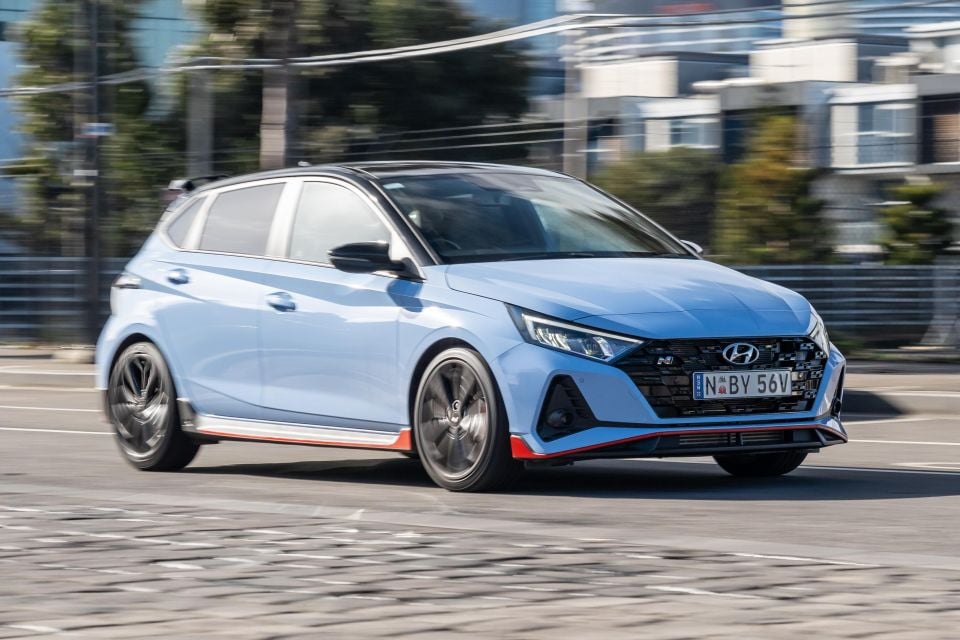
The i20, on the other hand, is a newer vehicle. The current generation was unveiled in Europe in 2020, and arrived in Australia a year later.
Australia-bound i20 models are sourced from Europe, and the car is currently offered in hot N guise with a 150kW/275Nm 1.6-litre turbocharged four-cylinder petrol engine. The i20 is also produced in India.
The European version of the smaller i10 was also launched in 2020. Built in Turkey, it differs in wheelbase, length, and specification from the similar-looking model produced in India.
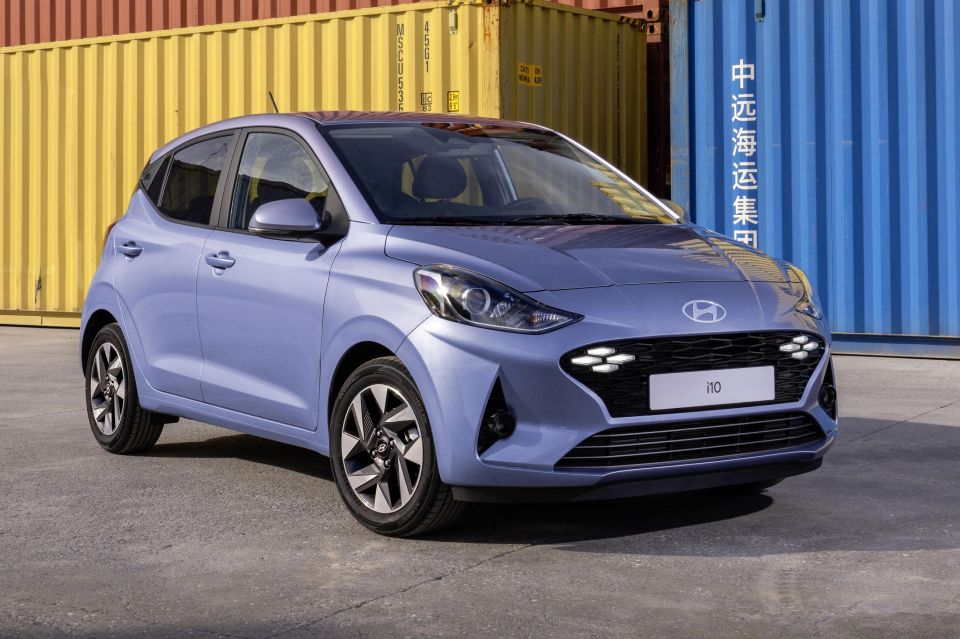
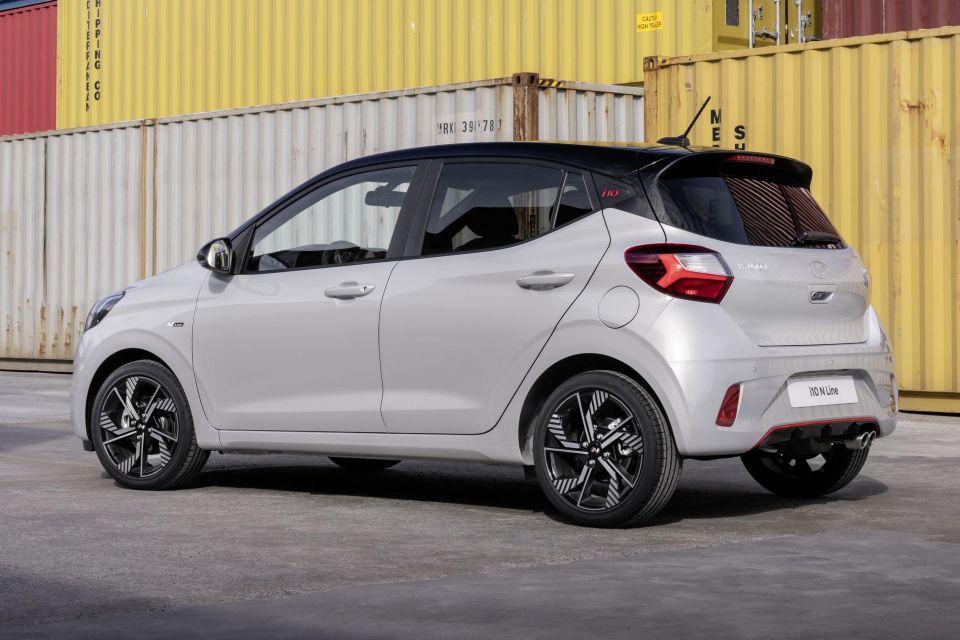
Hyundai’s commitment to city and small hatches will come as welcome news to Europeans who still prefer traditional hatchbacks to crossovers.
Some European automakers, such as Ford, are abandoning classic body styles completely, with the Fiesta set to conclude production this year, and the Focus due to ride off into the sunset in 2025.
Others, such as Peugeot and Citroen, have retreated from the smallest, and most affordable end of the market. The two French marques ended their joint venture with Toyota, which yielded two generations of the Peugeot 107/108, Citroen C1, and Toyota Aygo triplets.
After the dissolution of the Franco-Japanese collaboration, Toyota took over the factory in Czechia, and launched the crossover-like Aygo X.
MORE: Everything Hyundai i20 MORE: Everything Hyundai i30
CarExpert helps new car buyers save thousands with expert reviews, honest advice, and transparent pricing – no dealer pressure and no sales games.
Derek Fung would love to tell you about his multiple degrees, but he's too busy writing up some news right now. In his spare time Derek loves chasing automotive rabbits down the hole. Based in New York, New York, Derek loves to travel and is very much a window not an aisle person.


Paul Maric
6 Days Ago
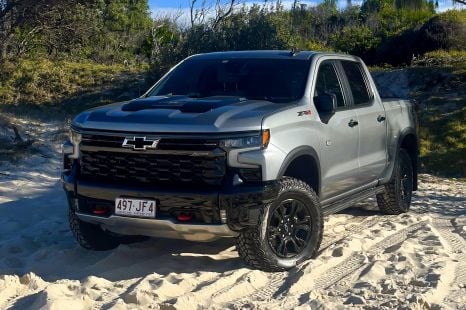

William Stopford
6 Days Ago
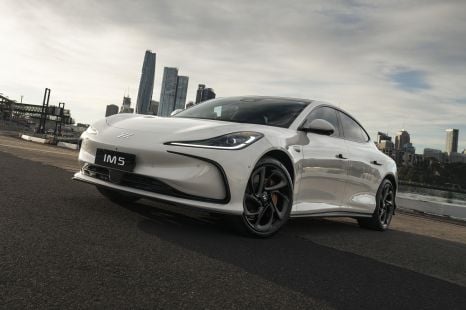

William Stopford
5 Days Ago


James Wong
4 Days Ago


Matt Campbell
3 Days Ago
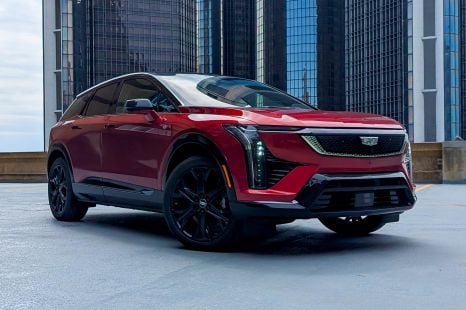

William Stopford
1 Day Ago